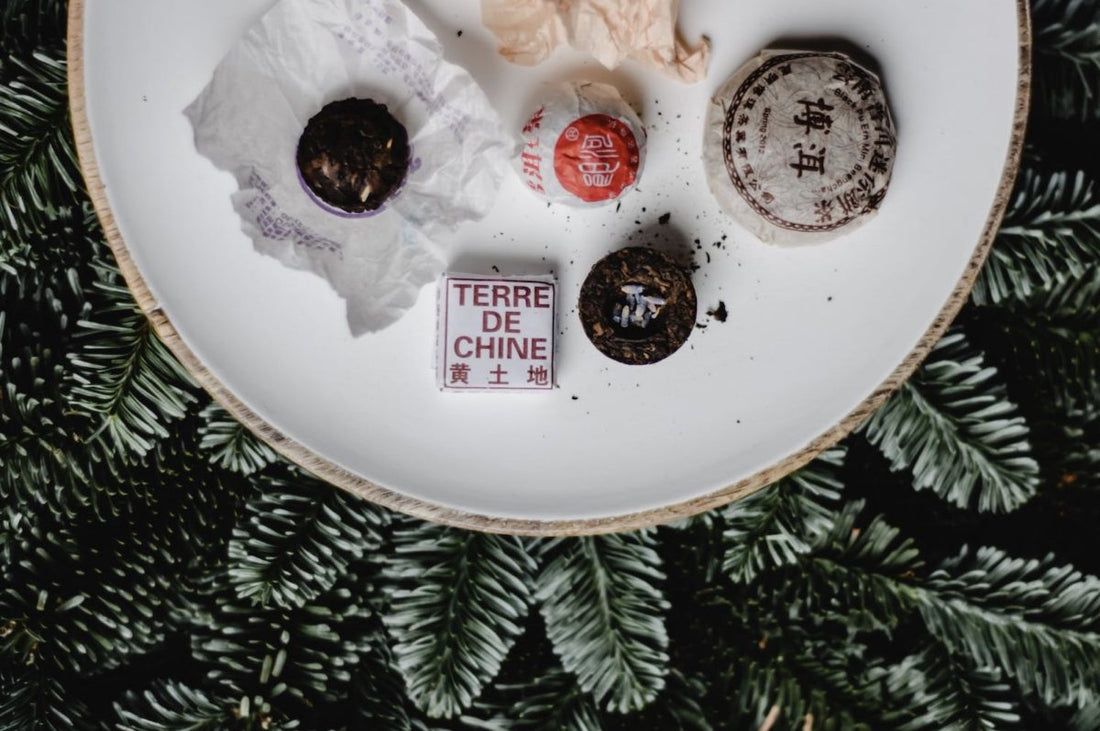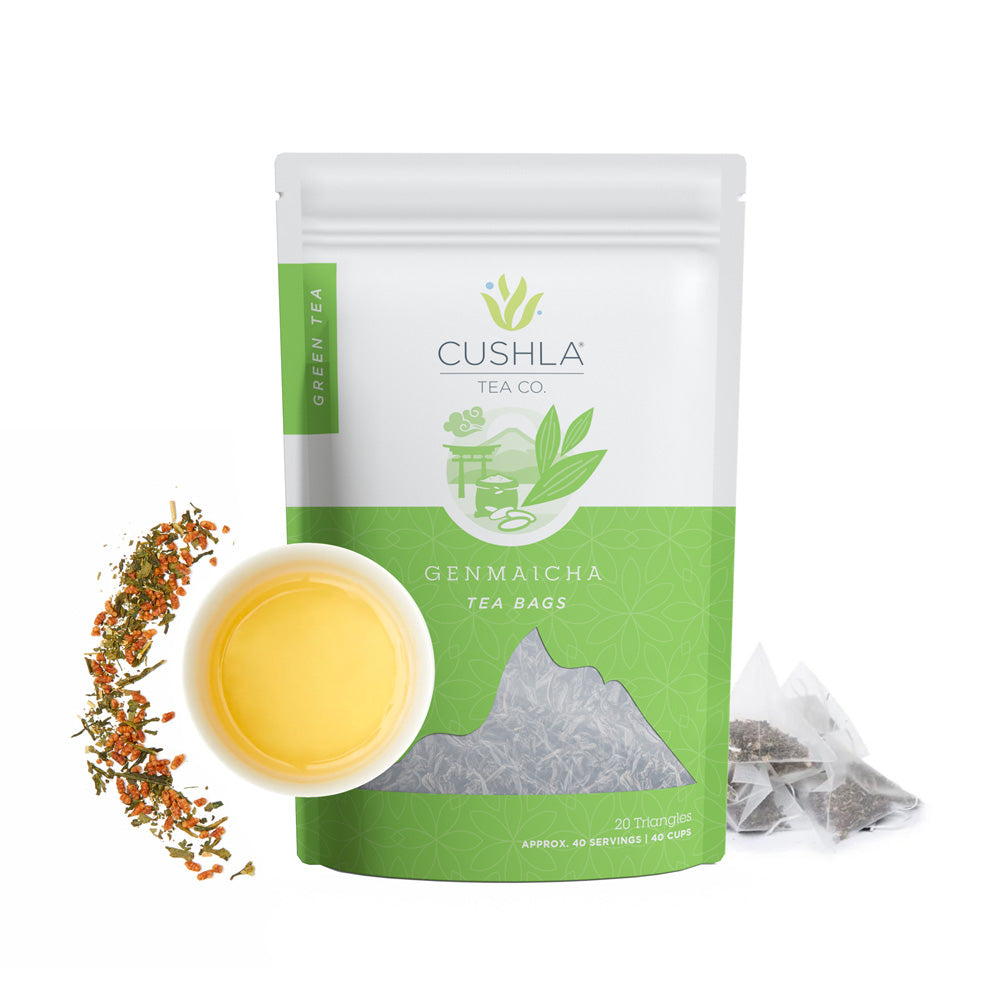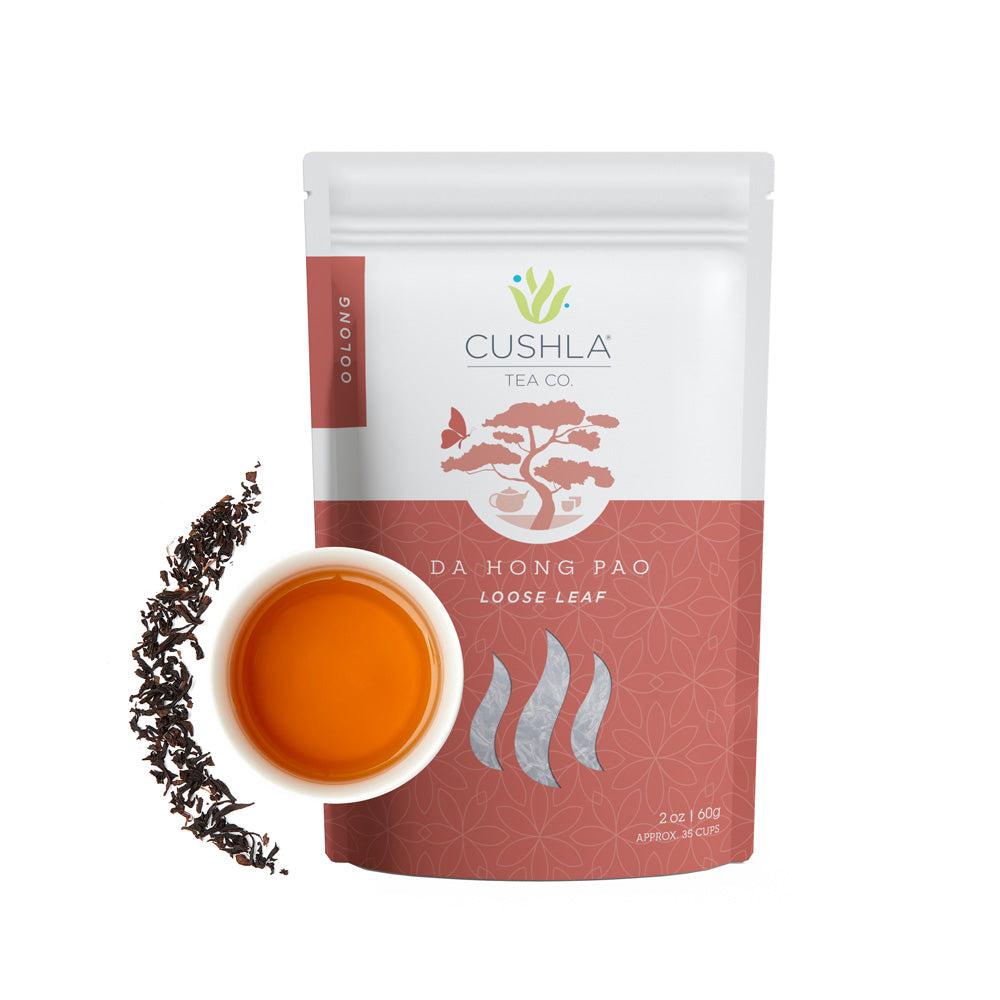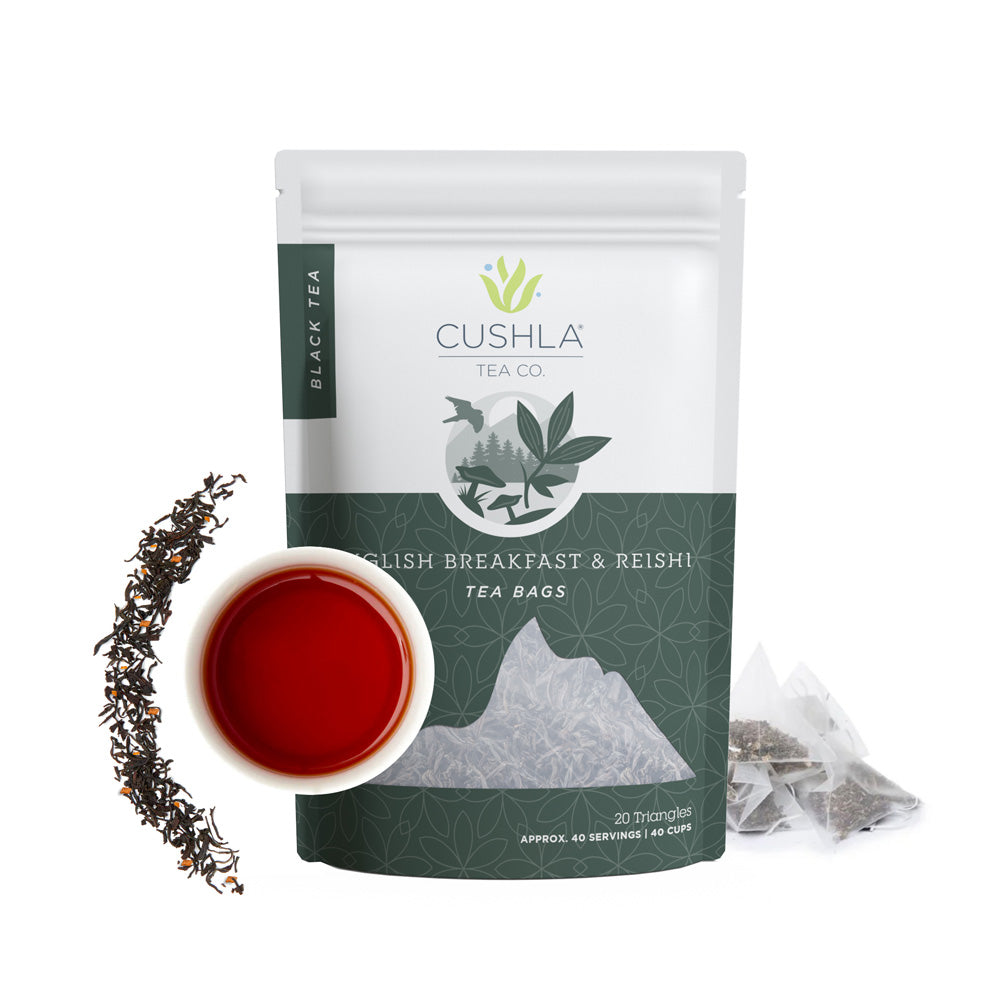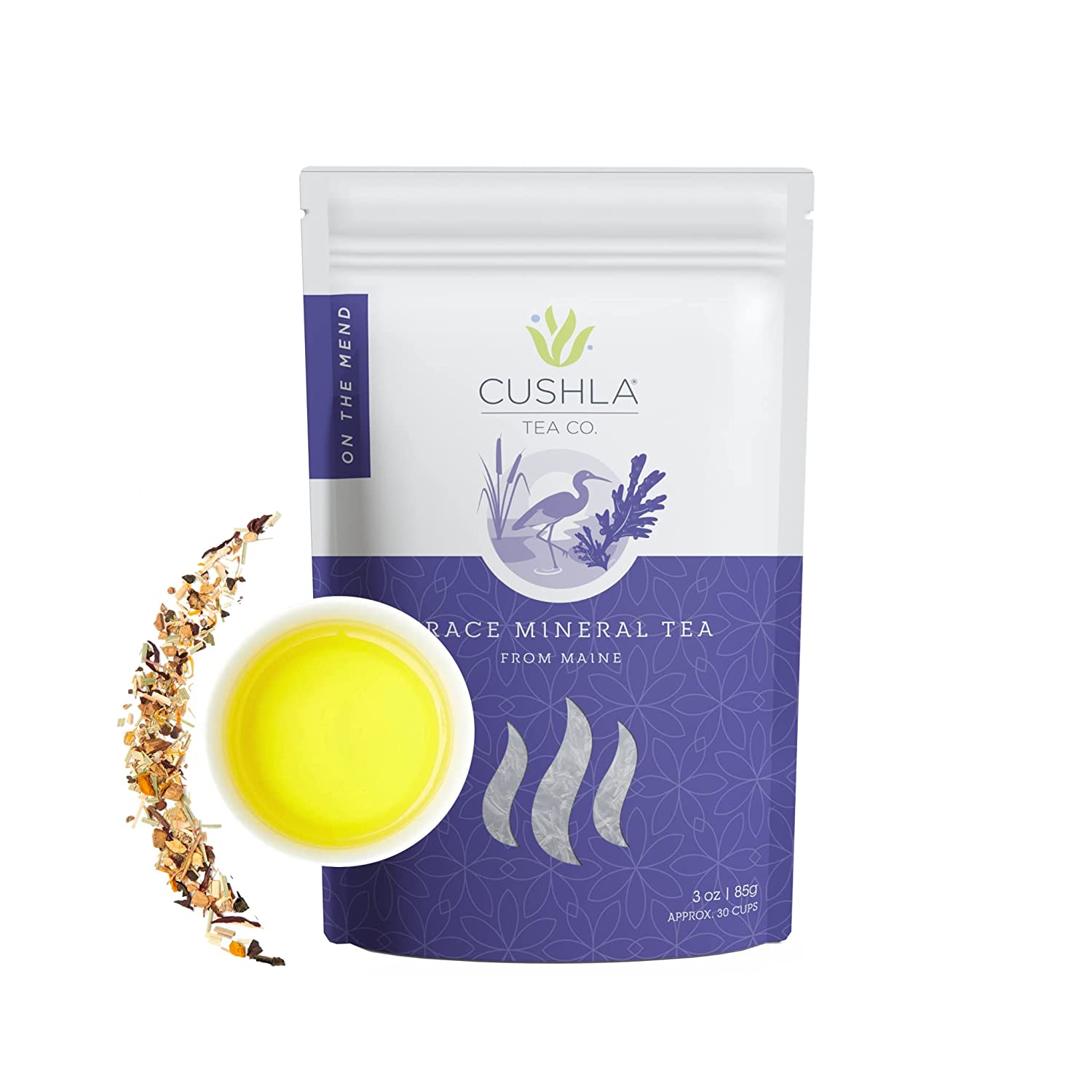Pu erh tea, also known as puer or puerh tea, is a type of fermented tea that originates from the Yunnan province in China. It is known for its unique flavor profile and numerous health benefits. Pu erh tea has a long history and is considered a delicacy among tea enthusiasts.
Pu erh tea is made from a specific type of Camellia Sinensis plant called Camellia Sinensis var. assamica. The leaves are picked, withered, and then processed through a unique fermentation process. The leaves are then pressed into cakes, bricks, or loose leaves. This fermentation process gives it its unique flavor profile, which can be described as earthy, musty, and sometimes smoky.
One of the most notable characteristics of Pu Erh Tea is its aging process. It can be aged for several years, with some teas being aged for decades. As the tea ages, it changes in flavor and aroma, becoming more complex and nuanced. This aging process is similar to that of wine, with the tea taking on characteristics of the environment in which it is stored.
Another unique aspect of puerh tea is its classification system. It is classified based on the location where it is grown, the age of the tea, and the processing methods used. This classification system allows tea enthusiasts to better understand the nuances of the tea and to appreciate its unique characteristics.
Pu erh tea is also known for its numerous health benefits. It is rich in antioxidants, which can help to boost the immune system and protect against harmful free radicals. It is also known to help with digestion and weight loss. It is also believed to have anti-inflammatory properties and may help to lower cholesterol levels.
When it comes to brewing pu erh tea, it is important to use the correct water temperature and steeping time. The ideal water temperature for brewing pu erh tea is around 212°F (100°C) and the steeping time should be around 3-5 minutes. The water temperature and steeping time can be adjusted to personal taste, but it is important not to over-steep the tea as it can become bitter.
Pu erh tea can be enjoyed on its own or paired with food. It is particularly well-suited for pairing with rich and flavorful foods, such as meats and cheeses. It can also be enjoyed with desserts, such as chocolate, which can bring out the tea’s unique flavor profile.

